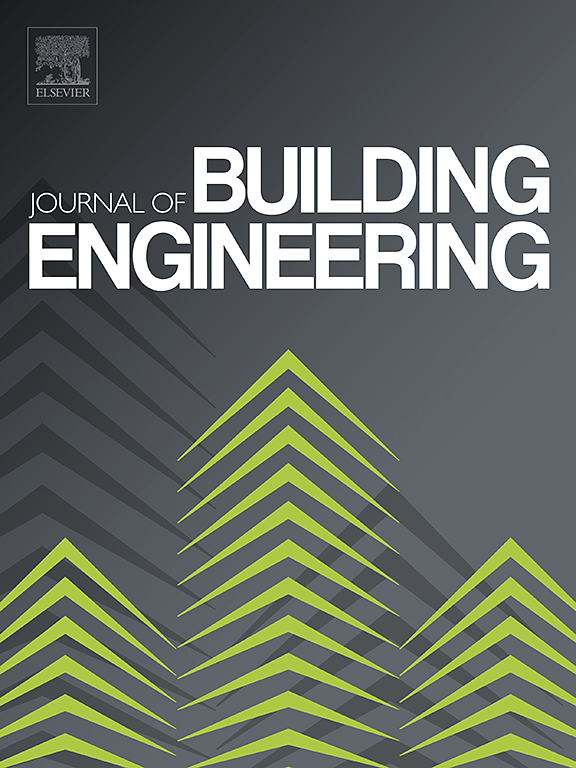Approximating CFD simulations of natural ventilation: A deep surrogate model with spatial attention mechanism
IF 6.7
2区 工程技术
Q1 CONSTRUCTION & BUILDING TECHNOLOGY
引用次数: 0
Abstract
Building natural ventilation is a sustainable approach to reducing energy use and emissions from buildings by minimizing reliance on energy-intensive systems. Computational Fluid Dynamics (CFD) simulations are often used to predict natural ventilation, enhance building design, and improve indoor air quality. However, CFD simulations are time-consuming and computationally resource-intensive due to the number of spatial and temporal discretization and iterations required to solve the governing Reynolds Averaged Navier–Stokes (RANS) equations. Additionally, CFD simulations require specialized knowledge, limiting the number of concepts designers can test. This study proposes a UNet-based surrogate model with a spatial attention mechanism to overcome the limitation of CFD simulations by approximating RANS simulations of natural ventilation in cross-ventilated buildings. The proposed surrogate model was trained with data from CFD simulations performed on buildings with multiple opening sizes and wind from different directions. The model was then evaluated while comparing it with the commonly used UNet with channel-wise attention as a baseline. Based on the evaluation results, the Spatial Attention UNet model outperformed the baseline model in predicting velocity flow fields, achieving a mean absolute percentage error of 4.7% compared to 14.7% for the whole domain and 17.0% compared to 32.1% within the building. Furthermore, the trained model achieved a tremendous speed, reducing more than an hour of CFD simulation into orders of milliseconds. The result proved that the proposed model could save designers effort and time while allowing them to test several design concepts quickly, sacrificing only a small amount of accuracy.
求助全文
约1分钟内获得全文
求助全文
来源期刊

Journal of building engineering
Engineering-Civil and Structural Engineering
CiteScore
10.00
自引率
12.50%
发文量
1901
审稿时长
35 days
期刊介绍:
The Journal of Building Engineering is an interdisciplinary journal that covers all aspects of science and technology concerned with the whole life cycle of the built environment; from the design phase through to construction, operation, performance, maintenance and its deterioration.
 求助内容:
求助内容: 应助结果提醒方式:
应助结果提醒方式:


